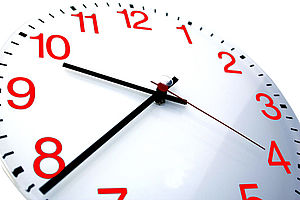CiA® 603: CAN network time management

This profile specifies the time-stamping when transmitting or receiving CAN CC and CAN FD data frames. This time-stamping can be used to introduce a synchronized time-base in a network. This is of interest for AUTOSAR-based systems. The synchronized time-base is suitable for but not limited to advanced driver assistance systems (ADAS), event data recording, and synchronizing actuations.
The hardware-based time-stamping function of a CAN implementation shall provide a free-running counter that is used to take the time-stamps of CAN message reception and transmission. Free–running counter is a counter that counts up and overflows back to zero after reaching maximum value for specified number of bits. It is specified in the CiA 603 document that the free-running counter counts clock cycles; the resolution shall be at least 1 µs and at most 1 ns. For new CAN implementations it is highly recommended to provide 32-bit time-stamp registers and a 32-bit counter. This hardware approach requiring two CAN messages (corresponding to AUTOSAR’s SYNC message and FUP message), is compatible with existing software solutions, but it is more precise.
The time-stamp for transmitted and received CAN messages is captured when the CAN frame is considered to be valid. Additionally the CiA 603 document clarifies, how many reception and transmission time-stamps a CAN implementation is able to manage.
Non-members can purchase the CiA 603 document. Please send an email to service(at)can-cia.org.
| Title | Details | Status Size |
Published Action |
|---|---|---|---|
| CiA 603 version 1.1.0CAN network time management | DescriptionThis document specifies the time-stamping, when transmitting and receiving CAN data frames in classical CAN and CAN FD formats. This time synchronization can be used in particular in AUTOSAR environments. Therefore, a link to the AUTOSAR time synchronization is described. Keywordsn/a | DS459 KiB | 2023-09-01Login |